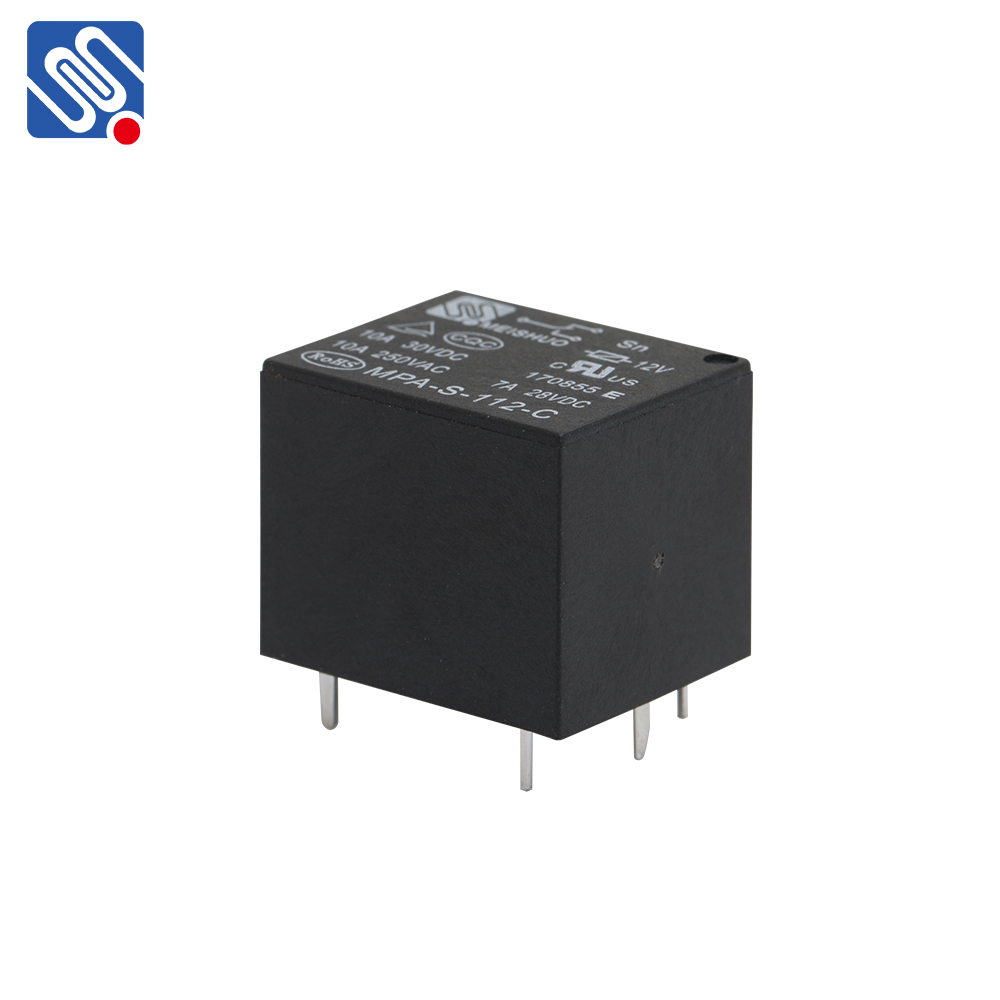understanding relay: the backbone of modern communication systems
Release time:2025-05-10 15:42:33
A relay is an essential component in modern electrical and communication systems, serving as a switch that controls the flow of electricity. With its applications spanning from basic home automation to complex telecommunication infrastructures, understanding how relays function and their importance is key to appreciating their role in technological advancements.

What is a Relay?
In its simplest form, a relay is an electrically operated switch. It is designed to open or close circuits when activated by a low-power electrical signal. A relay generally consists of an electromagnet, a set of contacts, and a spring. When the electromagnet is energized, it creates a magnetic field that either pulls or pushes the relay’s contacts, closing or opening the circuit. This basic principle of operation allows relays to control larger amounts of current using a relatively small amount of power, making them invaluable in many applications.
Types of Relays
There are numerous types of relays, each suited for different applications and electrical conditions. Some common types include:

